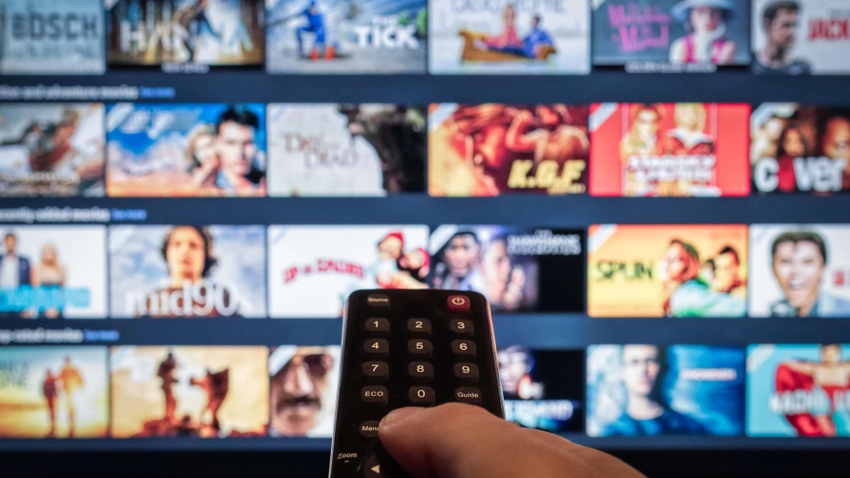Consumer spending on video dips in Q2, but viewing time rises – study
Meanwhile, the average number of video services used by consumers has dropped due to declines in pay-TV subscriptions and sports-related streaming, TiVo finds in its latest 'Video Trends Report.'

At a Glance
- Average video spending has declined almost $20 since the fall of 2022.
- The number of video sources being accessed by consumers may have reached its ceiling.
- The TV is still the preferred screen, and Samsung is locked in as the top smart TV brand.
Consumers are tightening their belts and shelling out fewer dollars for video services, but the amount of time they spend watching video continues to rise, TiVo found in its Q2 2023 Video Trends Report.
TiVo's new quarterly report, focused on North America, found that average video spending has declined almost $20 since the fall of 2022 – from $189.38 in the fourth quarter of 2002 to $170.86 in the second quarter of 2023.
TiVo attributed that to relatively consistent "seasonality" as consumers evaluate and adjust their spending habits. But the study also found that broadband-only subscribers tend to adjust their spending less frequently than consumers who are pay-TV subscribers. Predictably, frequency of spending adjustments on video is lower among higher-income households.
Viewership is going the other way. It reached 4.7 hours per day in Q2 2023 versus 4.4 hours per day in Q4 2022. While consumption of pay-TV services has dropped about 4% in the last six months, it has jumped across both free and advertising-supported video streaming services and on social networks, the study found.

(Source: TiVo Q2 2023 Video Trends Report)
TiVo's latest study, based on a survey of 4,518 adults in the US and Canada, also indicates that consumers may be reaching their limit in terms of the number of individual video services they use. The average number of "sources" accessed by consumers declined to 10.9 in Q2 2023, down from 11.6 in Q4 2022.
But the story was different among paid and non-paid video services due in part to a slight decline in the use of pay-TV services, virtual multichannel video programming distribution services and sports-related streaming. According to the study, the average number of paid services dropped to 6.9 in Q2 (versus 7.6 six months prior) while the average number of non-paid services rose slightly to 4 (up from 3.9 six months prior).
TV still the preferred screen, Samsung the top smart TV brand
TiVo's study also took a closer look at device usage and found that the TV still remains the preferred device by a sizable margin across both pay-TV and broadband-only subscribers.

(Source: TiVo Q2 2023 Video Trends Report)
Tied in, smart TV ownership continues to rise: +5% year-over-year and +1% since Q4 2022.
Nearly a quarter (24.6%) of respondents said they plan to buy a smart TV within the next six months, with low prices or product sales the top reason for a future TV purchase, followed by improved quality/video resolution, improved audio/built-in speakers and the brand or reputation of the TV manufacturer.
About a third purchased a smart TV within the last six months, with nearly half of those purchases consisting of upgrades from non-smart TVs.
That's a positive trend for TiVo as its moves ahead with the coming launch of a new family of TiVo-powered smart TVs in Europe this holiday season and prepares to bring TiVo-powered products to the US in 2024. It might also be good news for others that are trying to make noise in the smart TV sector, including Xumo, the Comcast-Charter Communications national streaming joint venture.
But both TiVo and Xumo will have challenges ahead as they try to gain ground against well-established TV brands.
TiVo's study said Samsung (at 34.6%) was the top brand among North American homes with one smart TV, followed by LG Electronics (15.7%), Vizio (10.1%), TCL and Hisense (both 5.5%) and Sharp (2.8%). Samsung was also the top TV brand in homes with two or three smart TVs.
About the Author(s)
You May Also Like












